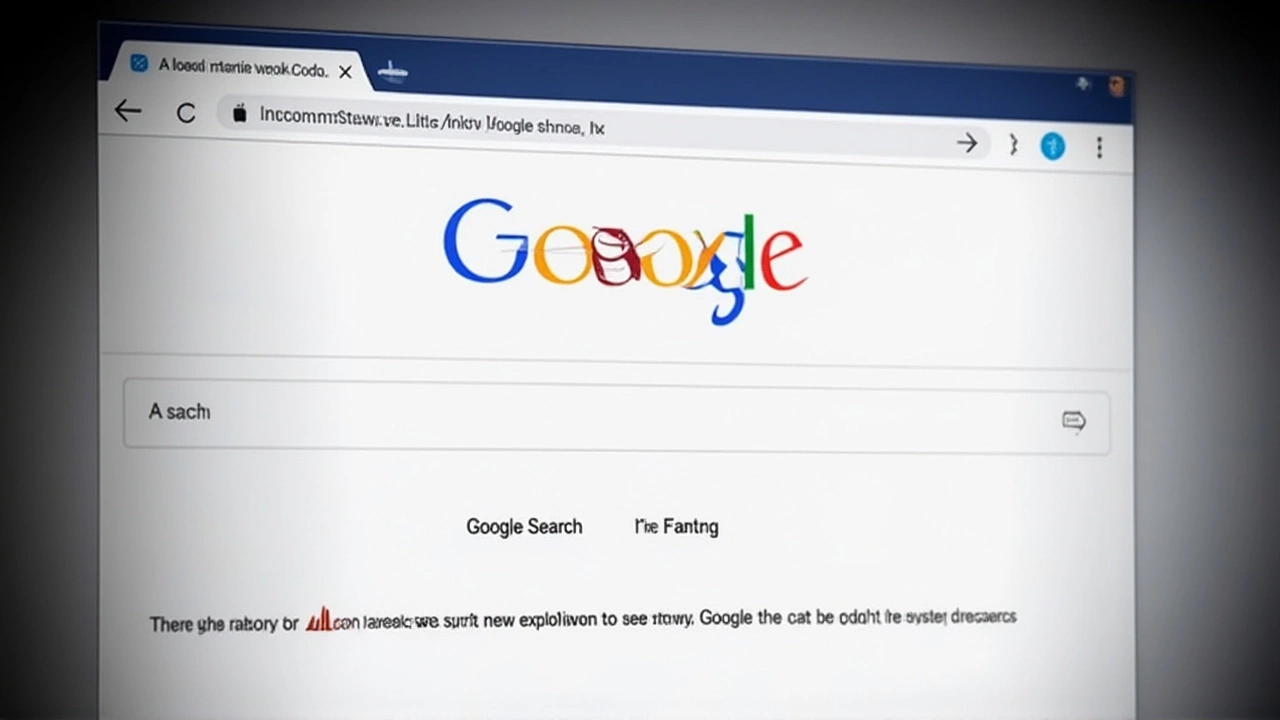Why a herd of goats ended up on the Googleplex
When you think of Google, you picture sleek offices, endless snack tables and a campus that looks straight out of a sci‑fi movie. What you probably don’t picture is a herd of goats sauntering across the grass, nudging a border collie as they go. In 2009, that’s exactly what happened at the company’s Mountain View headquarters, and the story behind it is a mix of practicality, humor and a genuine desire to cut emissions.
Dan Hoffman, the then‑Director of Real Estate and Workplace Services, was wrangling a problem that many large campuses face: scrubland that grows wild, becomes a fire hazard and demands constant mowing. Traditional solutions meant gasoline‑powered mowers, loud engines and a carbon footprint that didn’t sit well with Google’s self‑styled green image. Hoffman turned to a California‑based firm called California Grazing, which supplied not just the goats but also a trained border collie named Jen to keep the herd in line.
The plan was simple. Deploy about 200 goats for a week‑long stint, let them graze the overgrown areas, and watch them chew through weeds, brush and dead plant material. As they fed, the goats naturally fertilised the soil, reducing the need for chemical additives. When the week was over, the goats were taken back, the land looked tidy and the fire‑risk zone had been trimmed down.

From novelty to a sustainable strategy
Financially, the experiment didn’t break the bank. Google estimated the cost of hiring the goats to be roughly on par with hiring a conventional landscaping crew for the same period. The real win was in the non‑monetary benefits: no fuel, no noisy engines, and an instant public‑relations boost. As Hoffman joked in a Google blog post, the goats were “a lot cuter to watch than lawn mowers,” a line that quickly went viral and painted the tech giant as a playful innovator.
The environmental payoff was significant. By swapping out gasoline mowers, Google avoided a predictable amount of carbon emissions – a small but symbolically powerful move for a company that often touts its renewable‑energy purchases. Moreover, the goats’ natural fertilisation meant less reliance on synthetic fertilizers, aligning with broader sustainability goals.
The concept wasn’t entirely new in Silicon Valley. Yahoo had rolled out a similar goat‑grazing program at its Sunnyvale headquarters in 2007. Employees reportedly grew attached to the four‑legged workers, posting photos and sharing stories of the goats’ antics. Google’s version, however, received even more media attention, partly because of the sheer scale – 200 goats versus Yahoo’s smaller herd – and because it fit neatly into Google’s narrative of “thinking different.”
Beyond the headline‑grabbing factor, the goat program sparked conversations about how large corporations can rethink routine tasks. Could office cafeterias source food from on‑site farms? Might other equipment be replaced with bio‑based alternatives? The goats became a case study in corporate responsibility, showing that sustainability doesn’t always require cutting‑edge technology; sometimes a simple animal does the trick.
Today, Google’s campus still features lush, well‑maintained grounds, though the goats haven’t become a permanent staff member. The company has continued to explore green initiatives, from solar‑powered data centers to electric‑vehicle fleets. Yet the memory of that goat‑filled week remains a favorite anecdote in the company’s lore, often cited in talks about innovative workplace practices.
In an era where ESG (environmental, social, governance) metrics dominate board‑room discussions, the Google goats story serves as a reminder that sustainability can be both effective and entertaining. It proves that even a tech behemoth can think outside the box – or, in this case, outside the mower – to address real‑world challenges while keeping employees and the public smiling.











